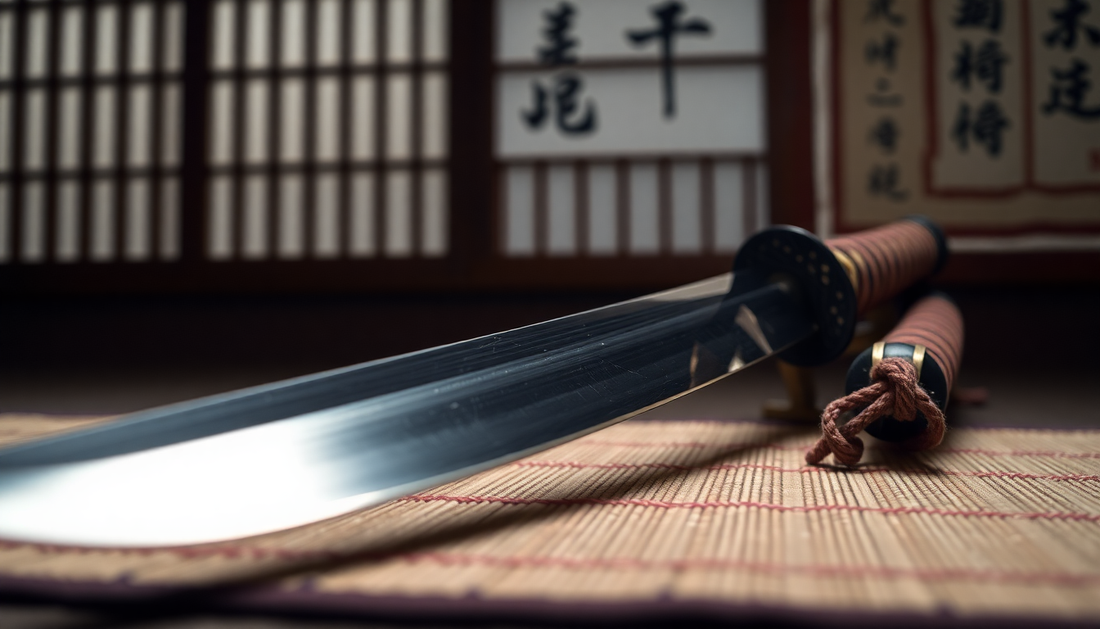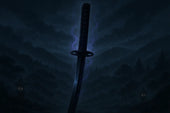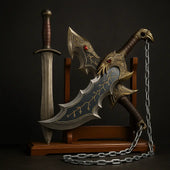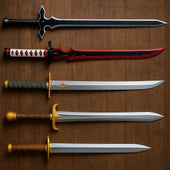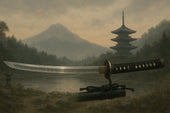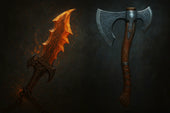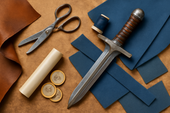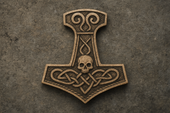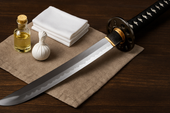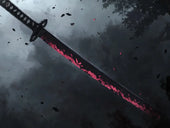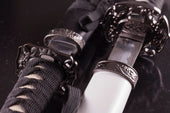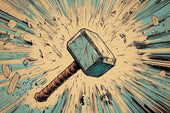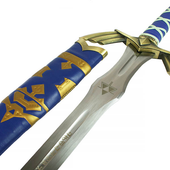The Katana: A Symbol of Samurai Prowess
The katana is undoubtedly the most iconic of all Japanese swords. With its distinctive curved blade and elegant design, the katana has become synonymous with the samurai warrior class. These swords were not just tools of war, but also symbols of honor, discipline, and the samurai's unwavering spirit.
The katana's blade typically measures between 60 and 73 centimeters (24 to 29 inches) in length, with a curved shape that allows for powerful slashing and cutting motions. The blade's curvature is not just for aesthetic purposes; it enhances the sword's ability to cleave through armor and flesh with devastating efficiency. The katana's construction, with its intricate folding and tempering process, also contributes to its legendary strength and resilience.
The katana was the primary weapon of the samurai, used in both close-quarters combat and as a symbol of their social status. These swords were not only functional but also highly revered, with each one possessing its own unique history and craftsmanship. The katana's importance in samurai culture cannot be overstated, as it was seen as an extension of the warrior's soul, a physical manifestation of their honor and discipline.
The Wakizashi: The Samurai's Companion
Alongside the katana, the wakizashi was an integral part of the samurai's arsenal. This shorter sword, typically measuring between 30 and 60 centimeters (12 to 24 inches) in blade length, served as a companion to the katana, complementing the larger sword's capabilities.
The wakizashi was often used for a variety of purposes, from self-defense in close-quarters combat to ceremonial tasks such as seppuku, the ritual suicide performed by disgraced samurai. Its smaller size and lighter weight made the wakizashi more maneuverable and easier to wield in confined spaces, where the katana's longer blade might be less effective.
It was often carried alongside the katana, with the two swords representing the duality of the samurai's role – the katana as the primary weapon of war, and the wakizashi as a tool for personal honor and duty.
Differences in Design and Function
While both the katana and the wakizashi are Japanese swords, they differ in several key aspects, including their design, function, and historical significance.
One of the most notable differences is the blade length. As mentioned earlier, the katana typically has a longer blade, allowing for more powerful strikes and greater reach in combat. The wakizashi, on the other hand, has a shorter blade, making it more maneuverable and suitable for close-quarters fighting.
Another difference lies in the curvature of the blades. The katana's curved blade is designed for slashing and cutting, while the wakizashi's blade is generally straighter, better suited for thrusting and stabbing motions.
The construction of the swords also varies. The katana's blade is forged using a complex process of folding and tempering the steel, resulting in a stronger and more durable weapon. The wakizashi, while still well-crafted, may not undergo the same level of intricate forging as its larger counterpart.
In terms of historical significance, the katana is often seen as the more prestigious and revered of the two swords. It was the primary weapon of the samurai and was closely tied to their code of honor and discipline. The wakizashi, while still an important part of the samurai's arsenal, was more of a complementary weapon, used for specific tasks and situations.


